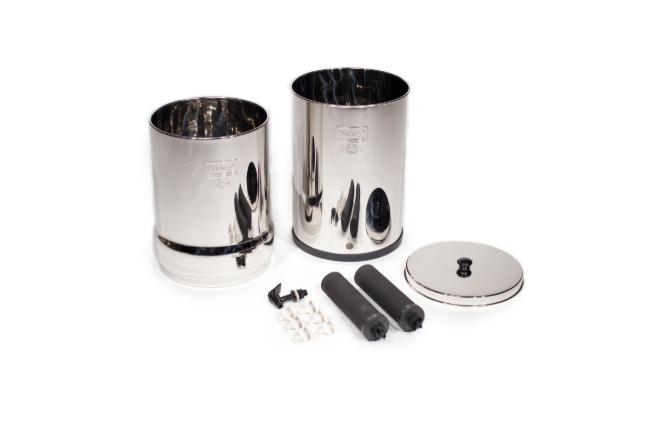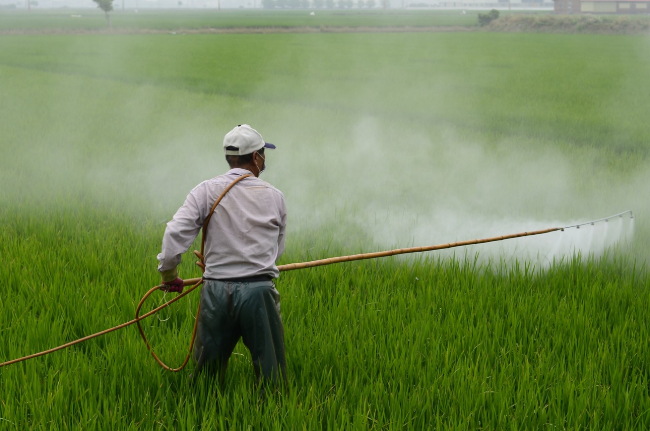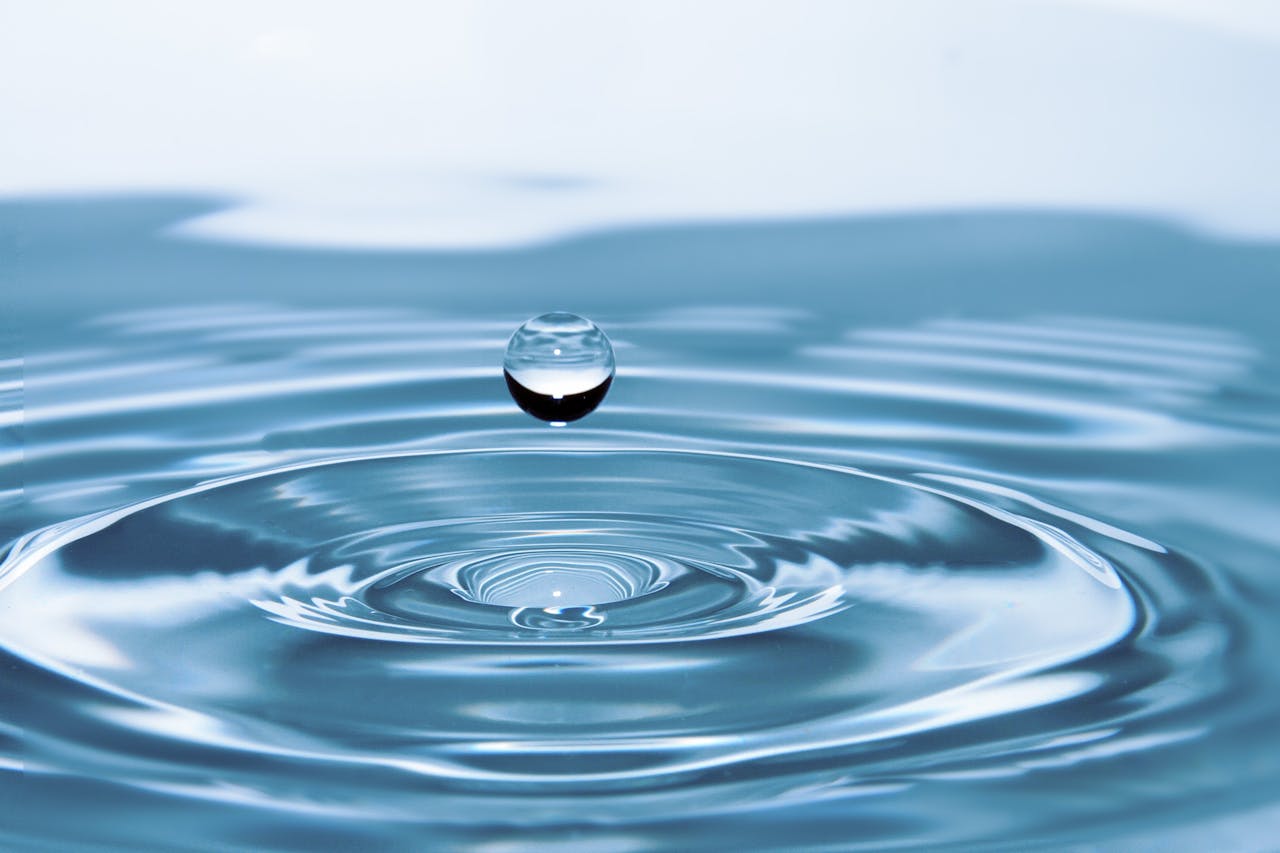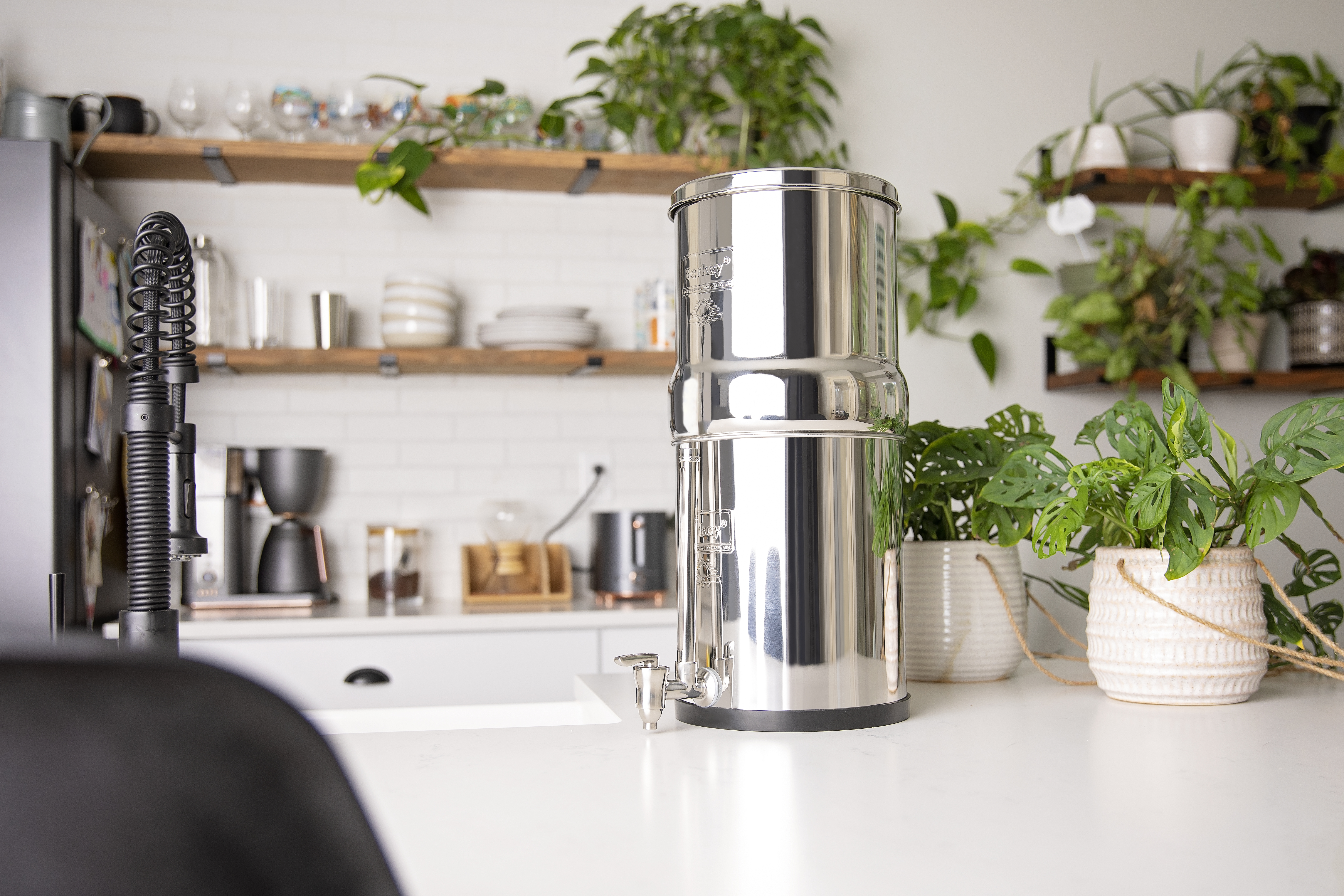Residents of Salisbury on Maryland's Eastern Shore had no reason to question their water up until now. In fact, in a region known for its open space and natural features, the Salisbury Area Chamber of Commerce boasts that the community's "been careful to preserve those qualities which made this region famous for its pleasant living."
This fall, public health officials found unsafe levels of the industrial solvent trichloroethylene in 46 of the 113 wells tested outside of town and plan to test 250 more in an attempt to protect public health and track down the contamination source.
Trichloroethylene and Water Pollution
Trichloroethylene is a colorless solvent used to clean grease from metal in a variety of industrial applications as well as in paint removers and adhesives. According to the EPA, "The major source of trichloroethylene in drinking water is discharge from metal degreasing sites and other factories. Wastewater from metal finishing, paint and ink formulation, electrical components, and rubber processing industries may also contain trichloroethylene."
Officials in Salisbury are stumped at this point as to the source of contamination because this formerly rural area has no records of such facilities. At a high enough concentration, TCE smells and tastes sweet and it seems that one resident's sensitive nose triggered the investigation.
Health Risks of Trichloroethylene in Drinking Water
Trichloroethylene is a very common contaminant but usually at levels below Environmental Protection Agency thresholds of concern. The Baltimore Sun reports:
Drinking or breathing high levels of trichloroethylene can damage the nervous system, liver and lungs, and can cause abnormal heartbeat, coma and death, according to the federal Agency for Toxic Substances and Disease Registry.
It is one of the most common contaminants in U.S. groundwater, but levels are generally well below those that could cause acute health problems.
Inhaling small amounts can cause headaches, lung irritation, dizziness and difficulty concentrating, according to the federal agency. Drinking low levels over a long period can cause liver and kidney damage, impaired immune systems and impaired fetal development in pregnant women, the agency said. Rats fed high doses in laboratory tests have gotten cancer, and some studies have found higher cancer rates among people exposed to high levels through drinking water or in the workplace.
The federal safety threshold for trichloroethylene in drinking water is 5 parts per billion, but officials say they're also concerned about the possibility of inhaling the chemical when bathing or showering or in vapors given off by the water.
Protecting Your Family from Trichloroethylene Contamination
One of the lessons from Salisbury is that idyllic appearances and even taste and smell are poor indicators of drinking water safety. EPA recommends "granular activated carbon in combination with packed tower aeration" to remove TCE from household water for drinking, cooking and bathing.
The Black Berkey Filter Elements that come standard with every Berkey system have been tested and shown to remove trichloroethylene to below detectible levels.







